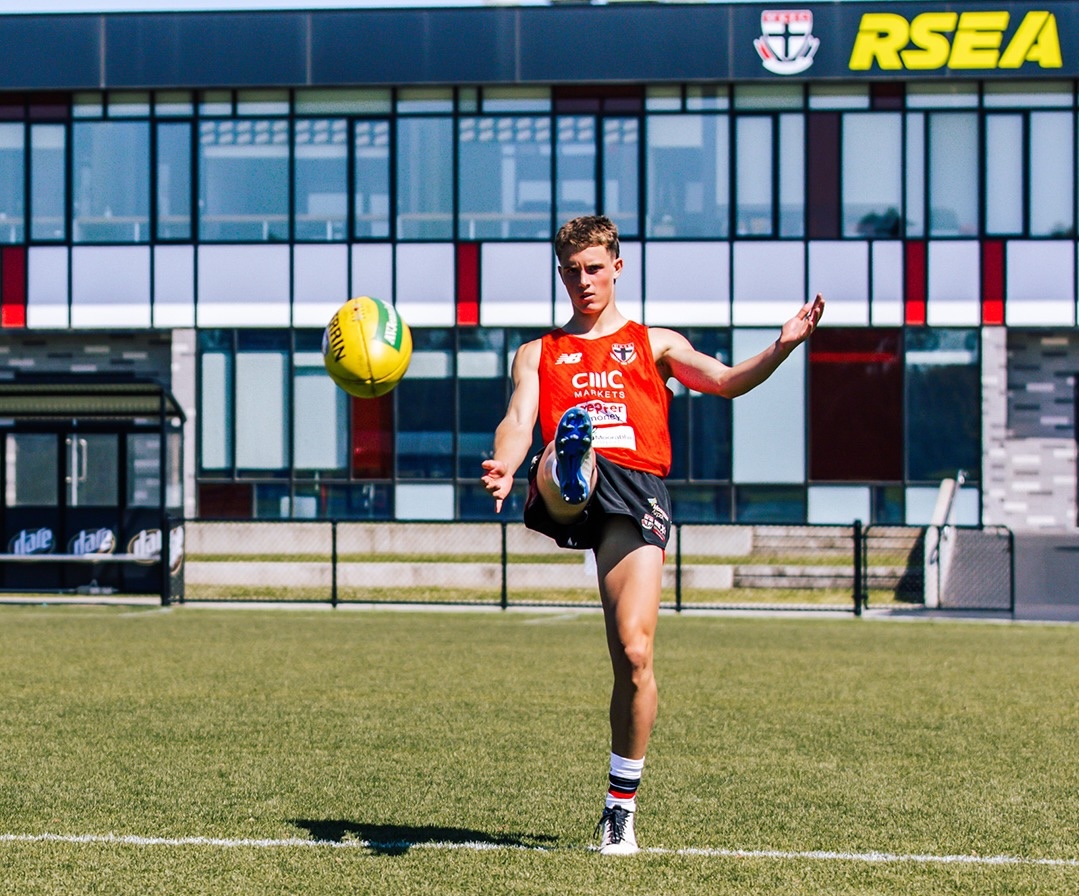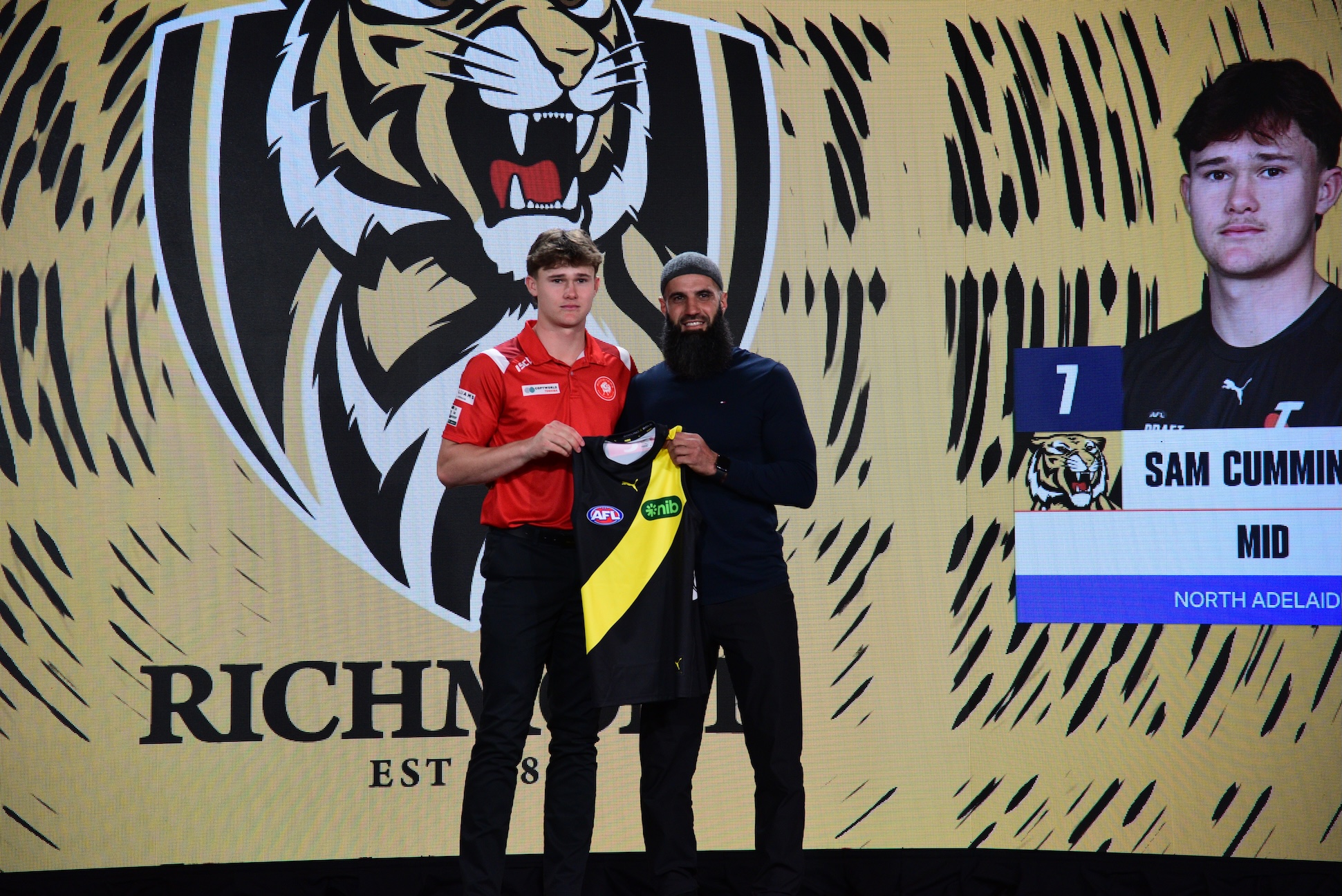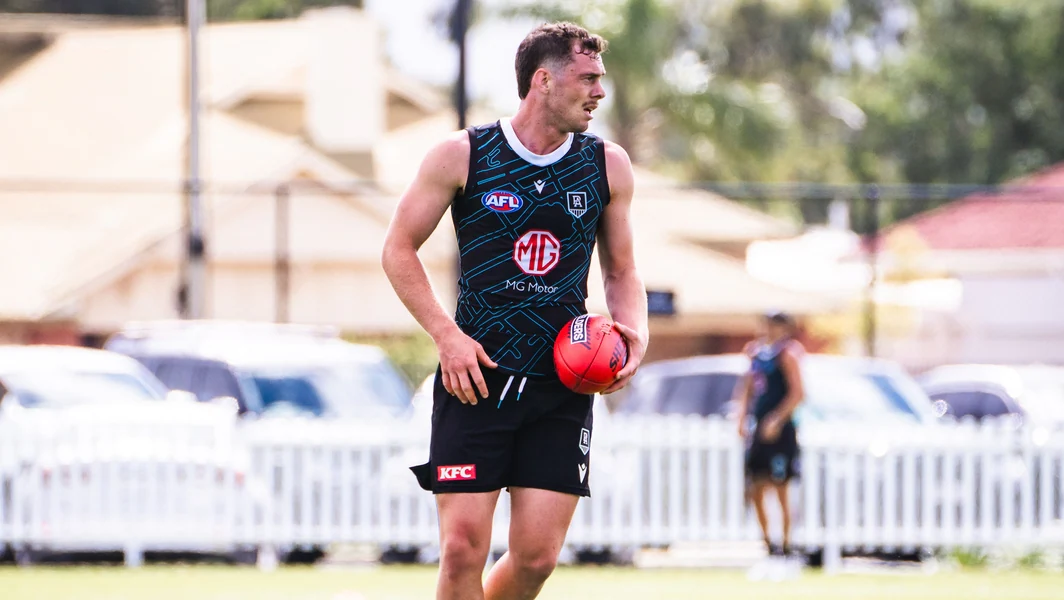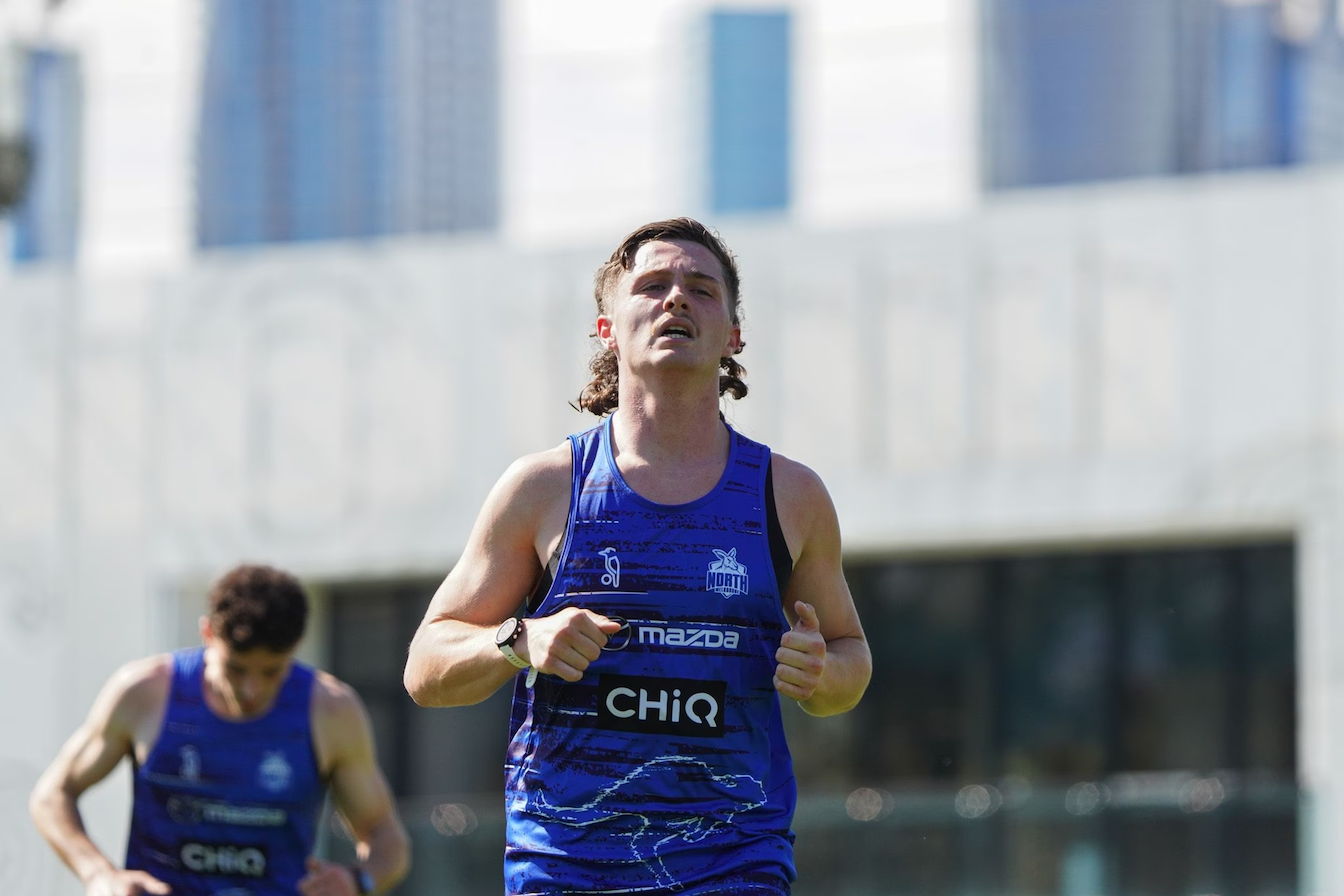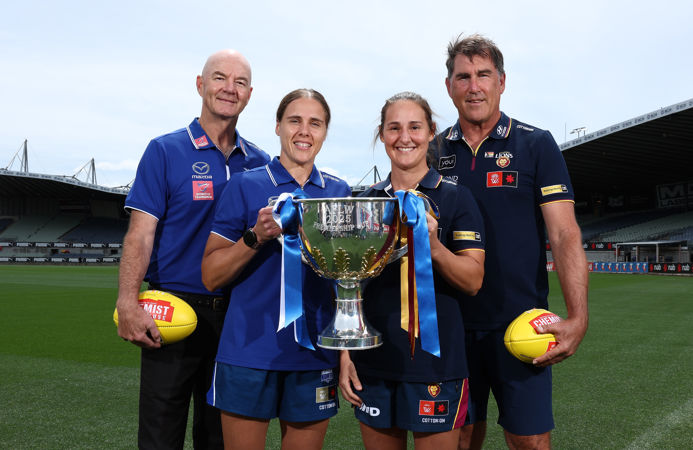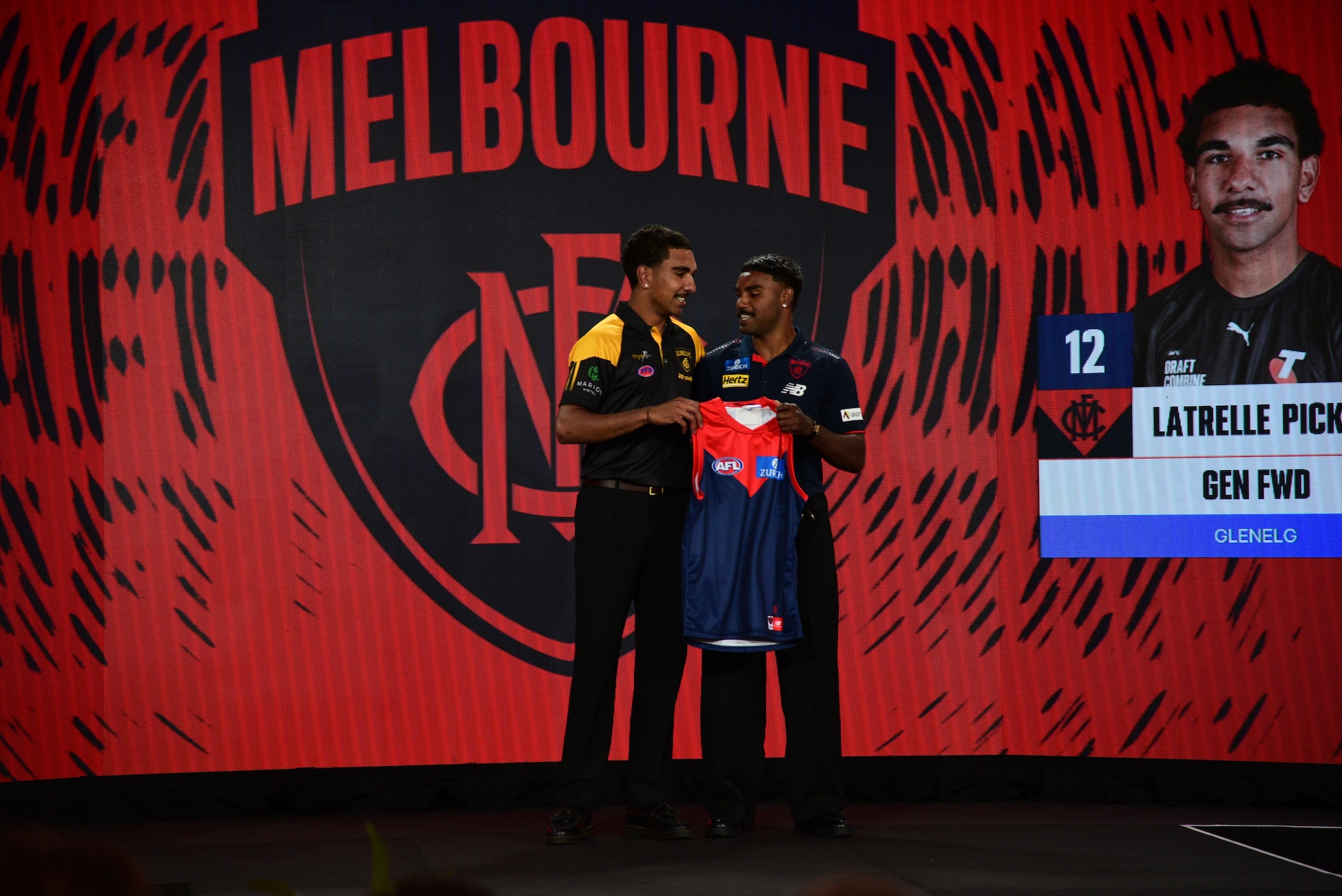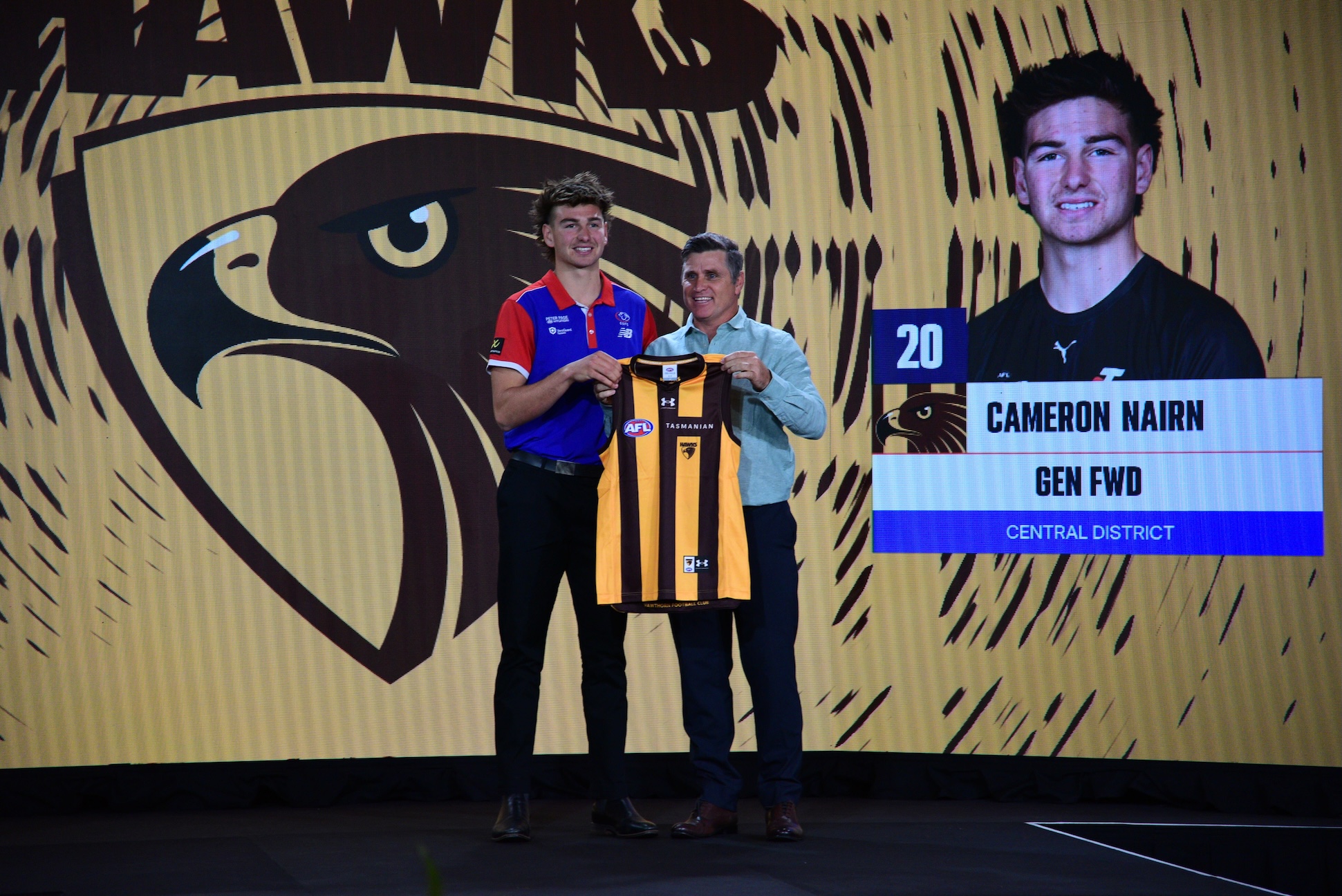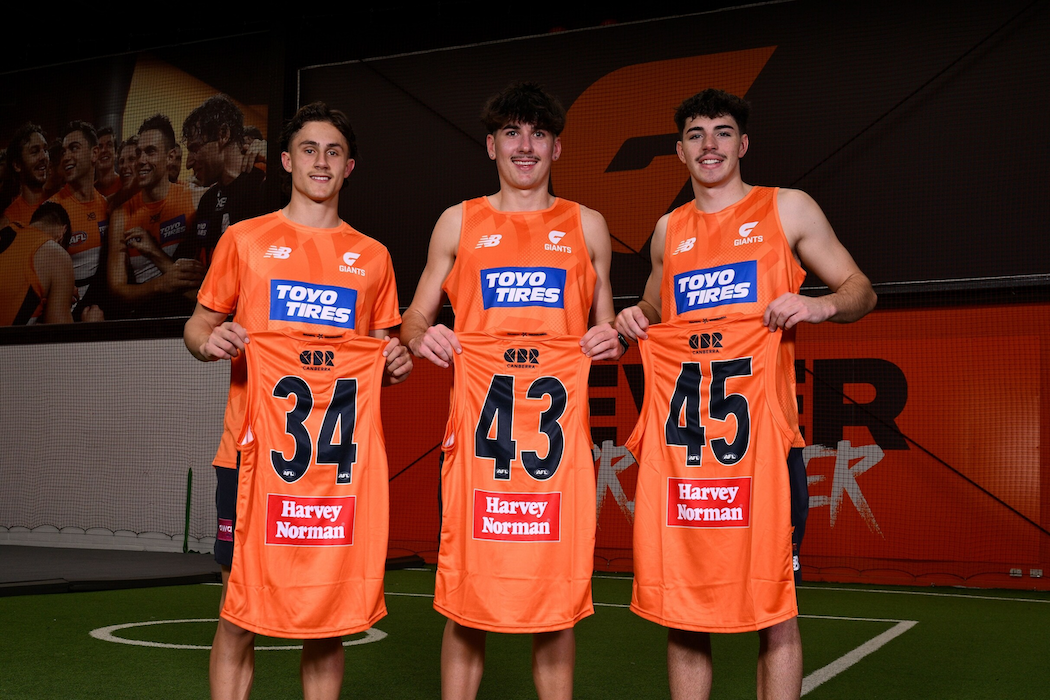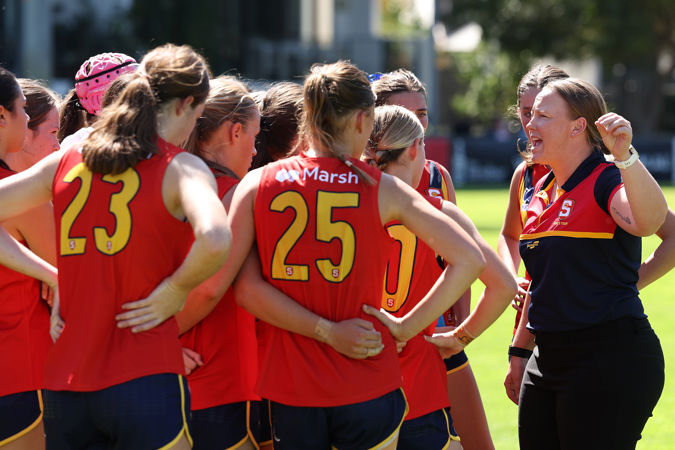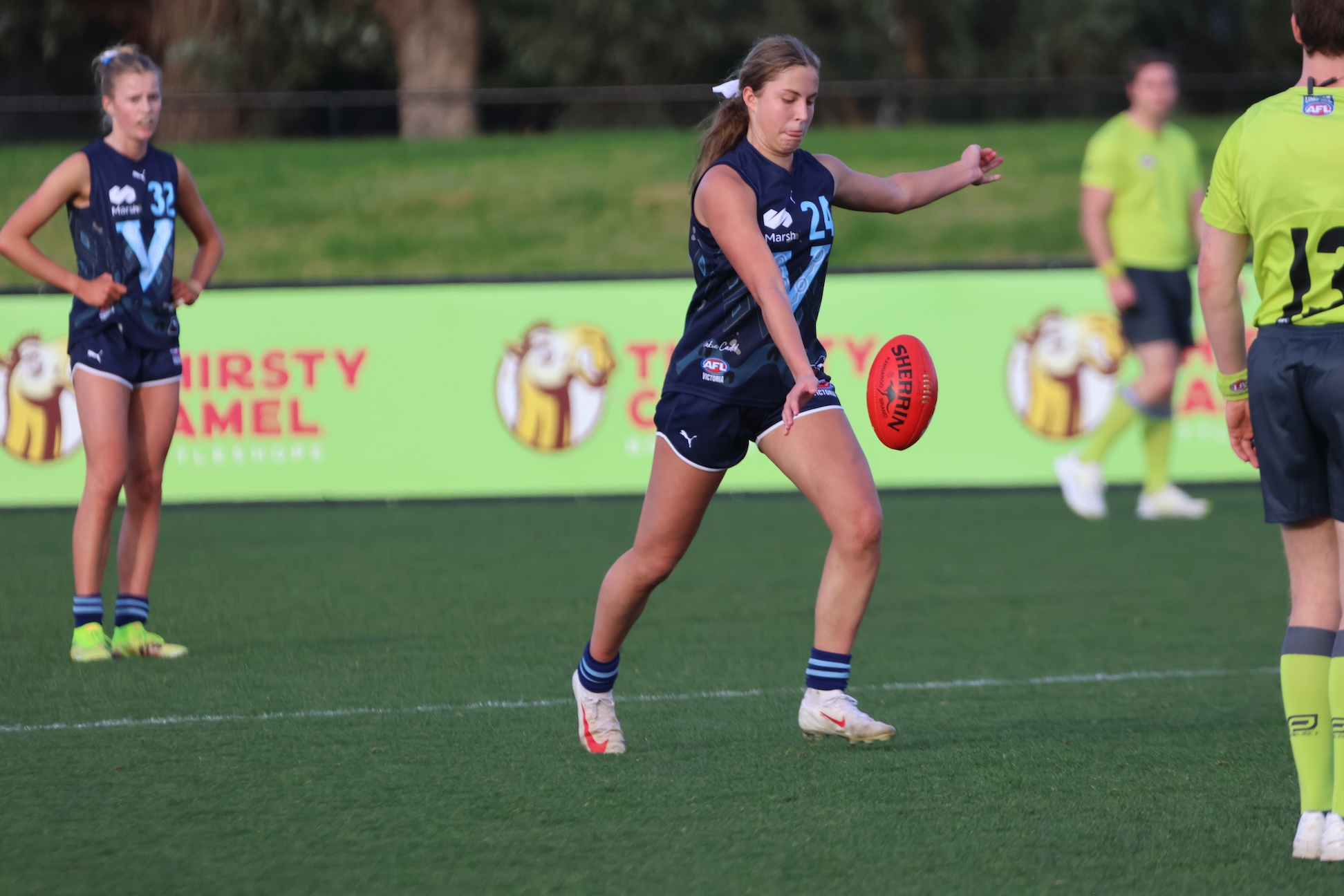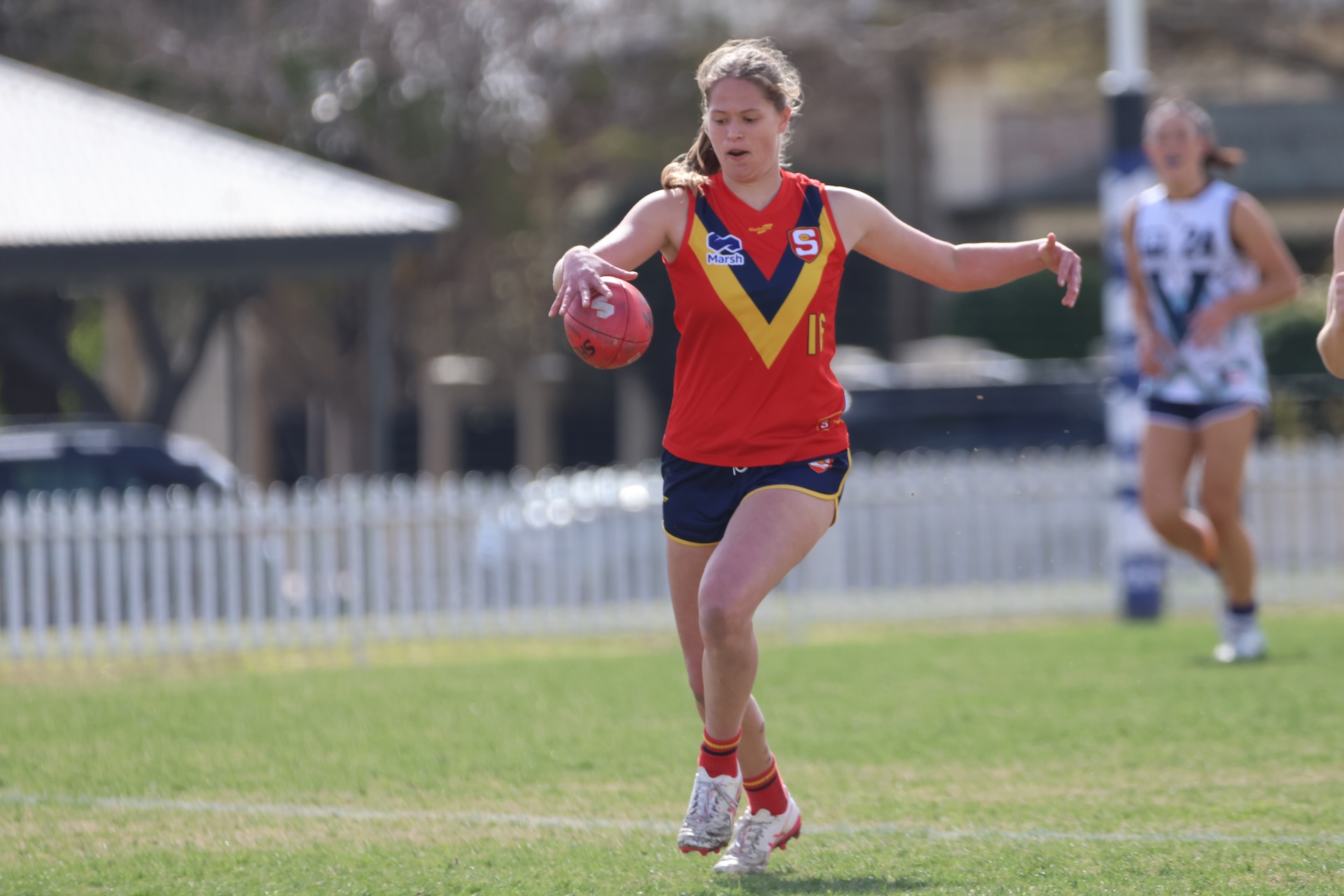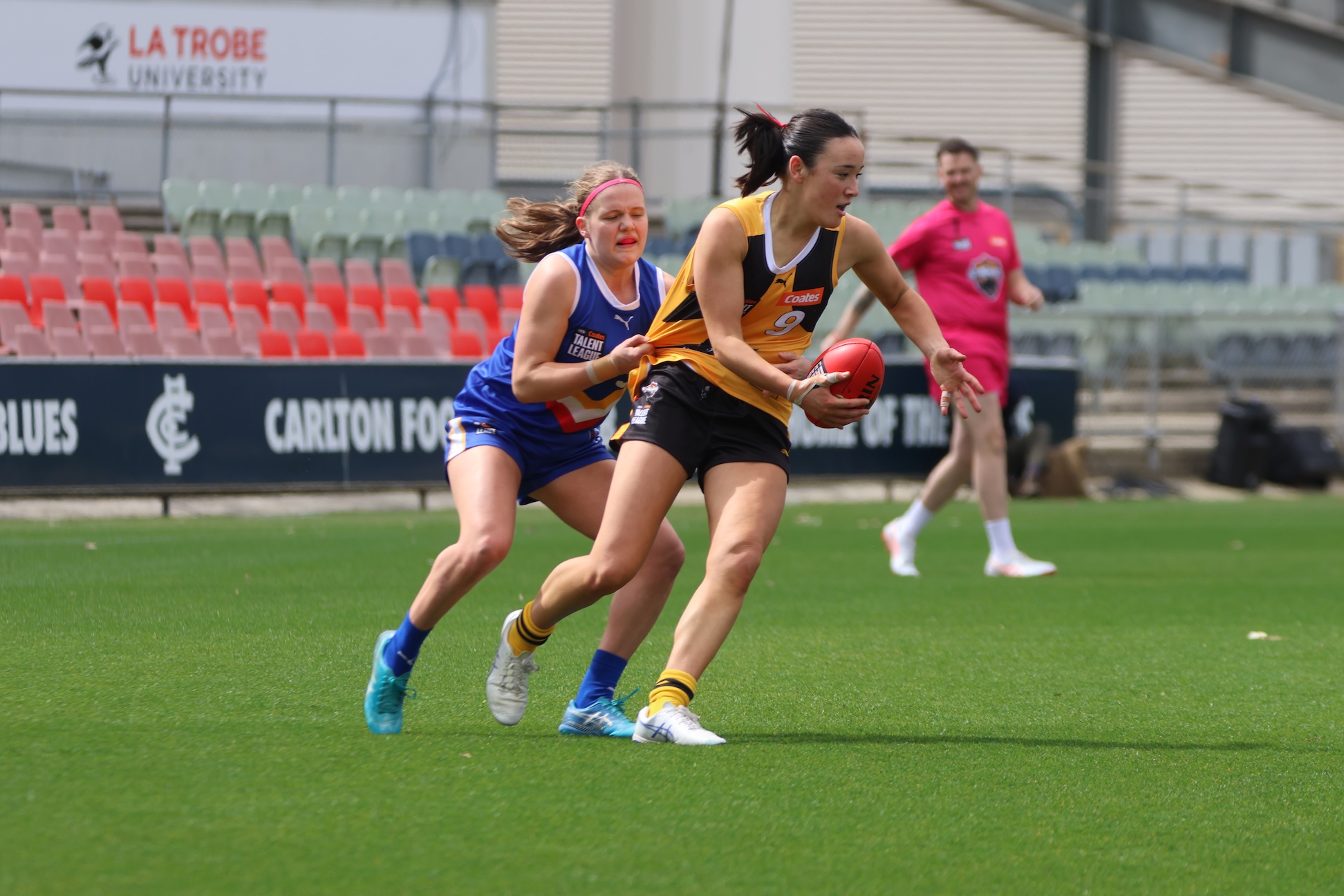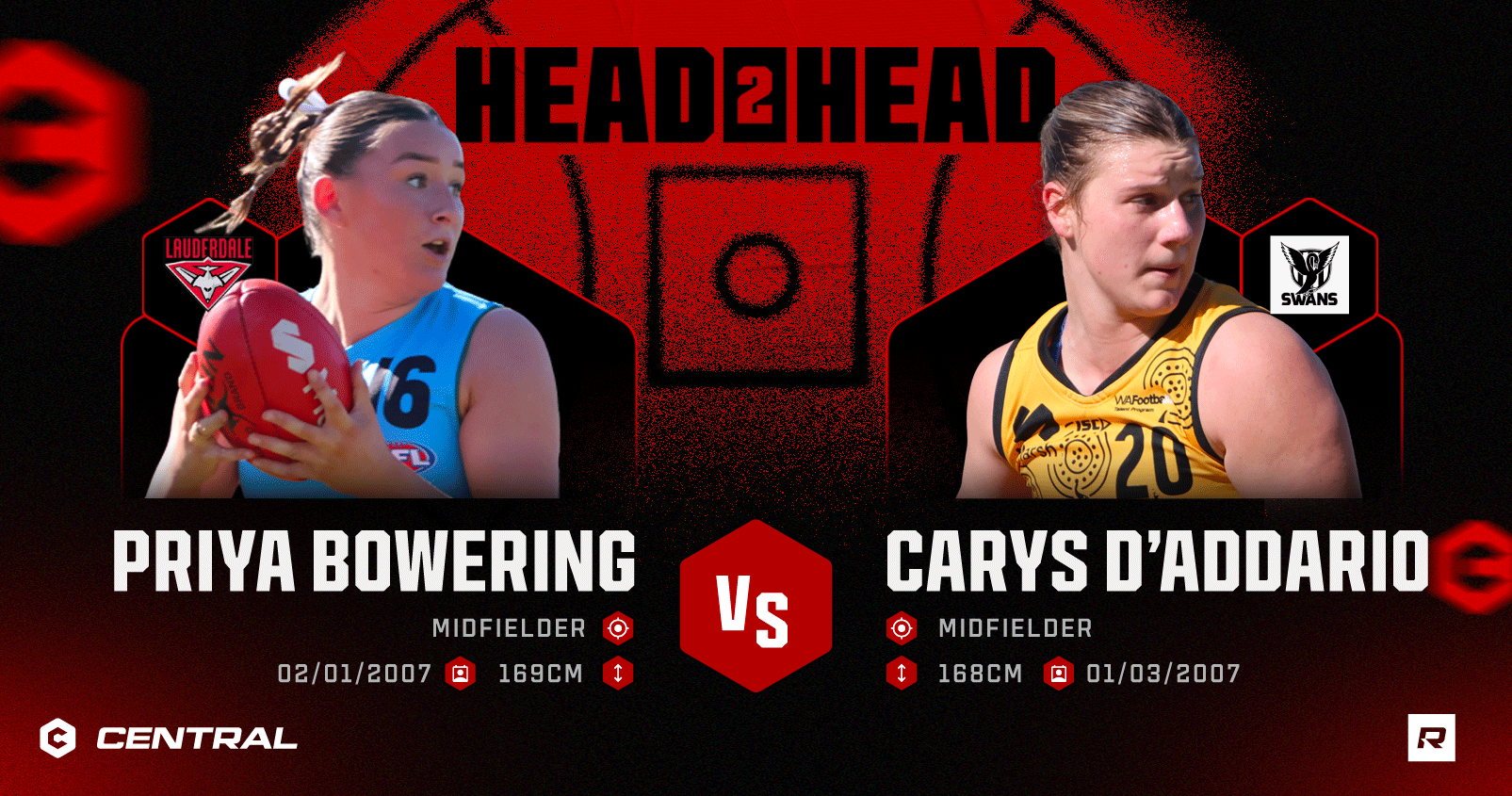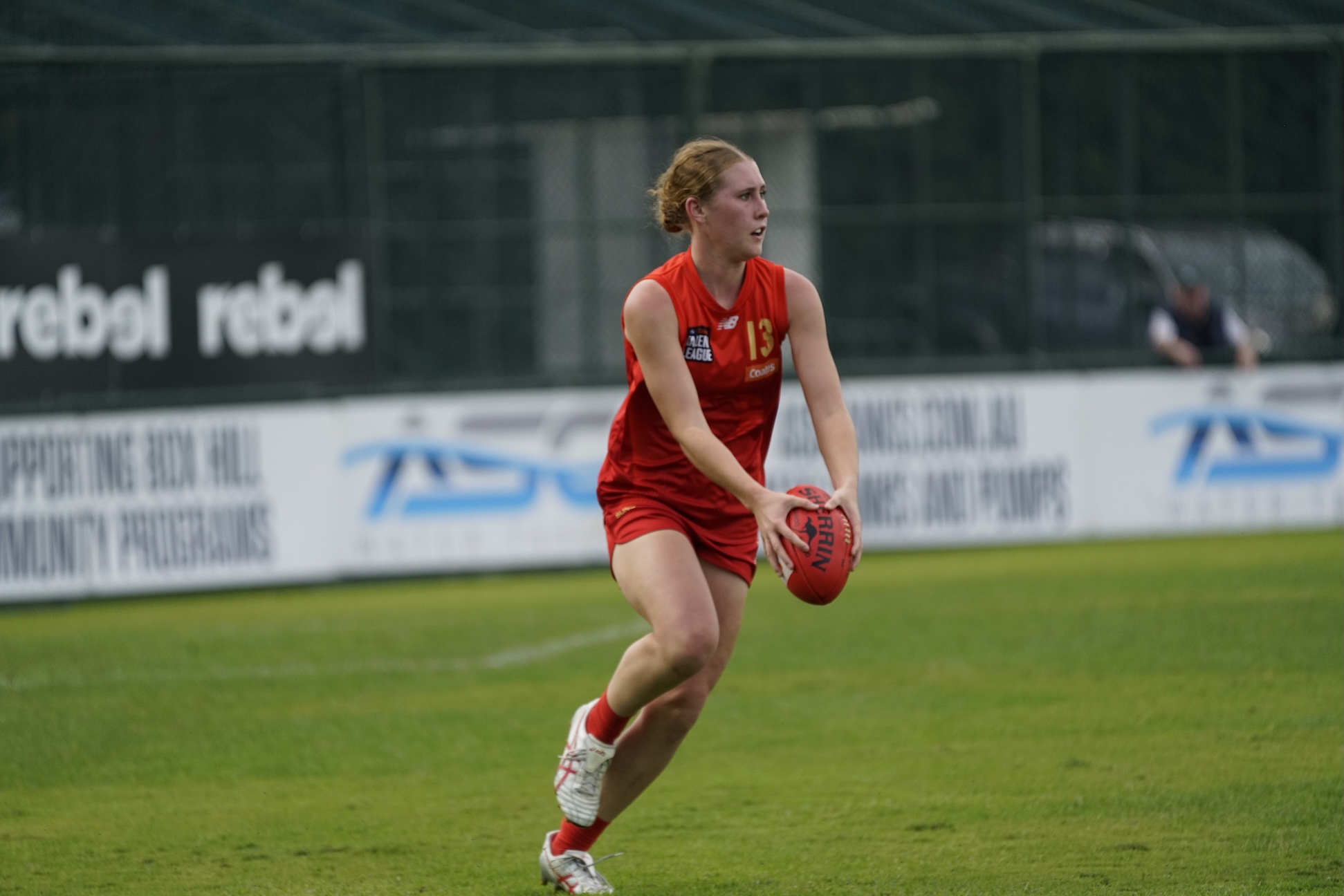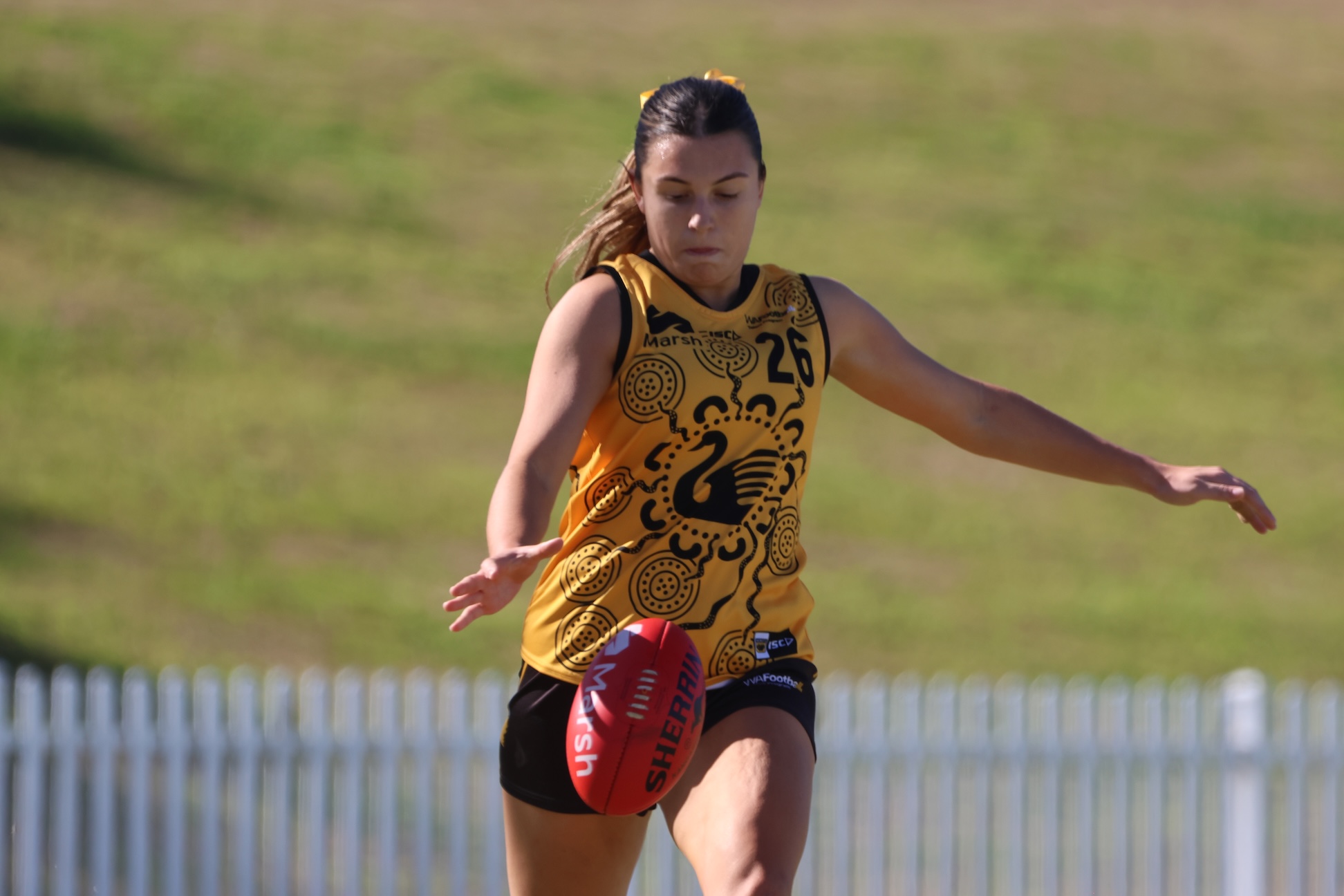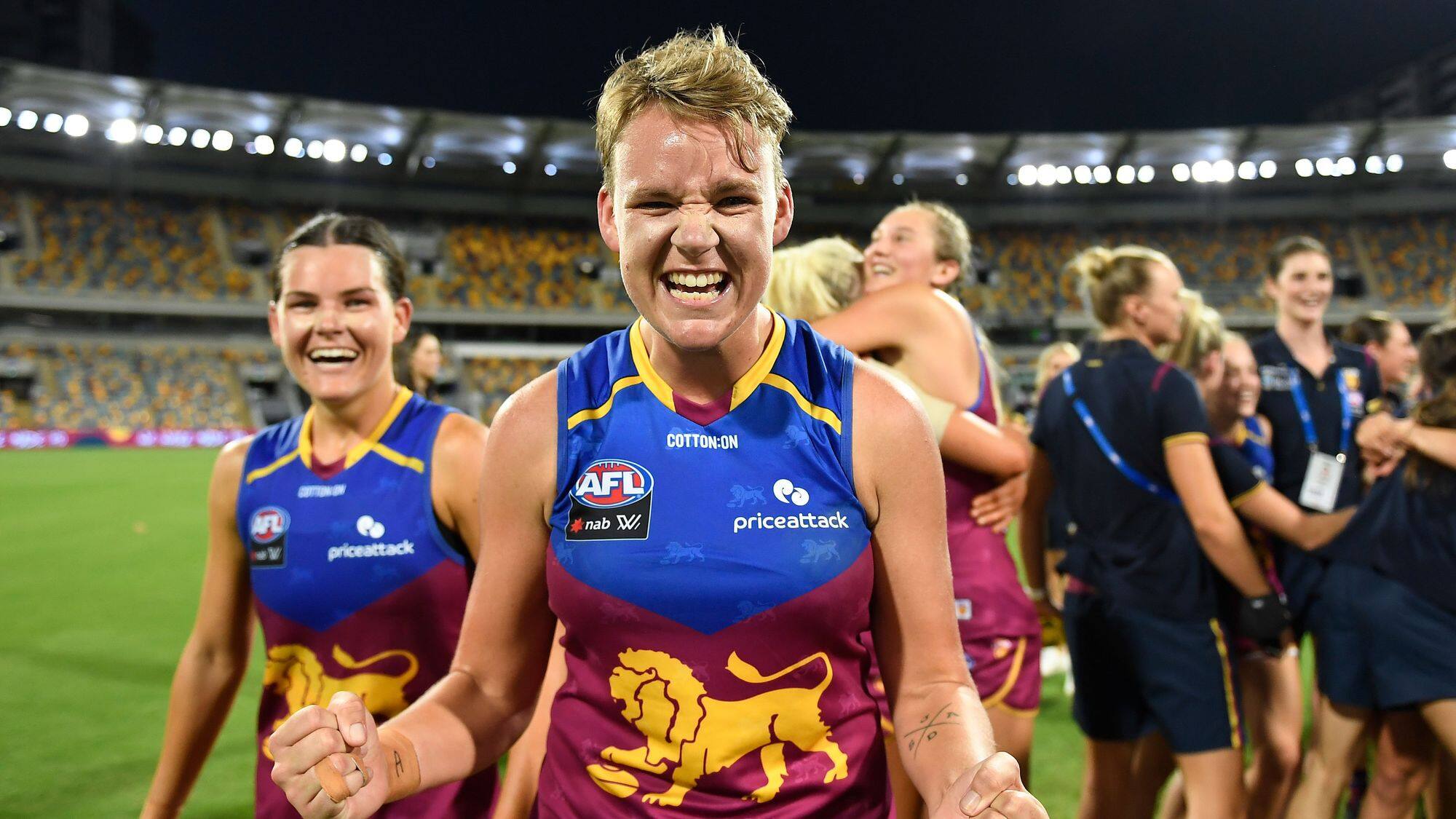AFLW Draft Explainer: Bid Matching

ONE of the more complicated elements of the AFL Women’s Draft is that of bid matching, which takes a different form to that of the men’s draft. While many are familiar with how the men’s draft bid matching works – after much explanation – there is still plenty of questions that come in about the women’s draft and how club-tied players are bid on, and how they can be matched. In this article, we’ll explain the process, what it means, and some examples in practice.
OFFICIAL AFLW DRAFT BID MATCHING VIA THE CBA
“Matching a bid by a Club means using a selection in the AFLW Draft which falls within one round of the bid. For example, where a bid falls with the sixth selection of the first round (selection 1.06), the matching Club must use their next selection by the sixth selection of the second round (selection 2.06).”
WHAT DOES THAT MEAN, EXACTLY?
Essentially, clubs must be within roughly 18 picks (in 2023 there are additional picks in certain rounds) in order to match a bid on a player. This is the case for both father-daughter prospects, and those in the Northern Academies who are club-tied through existing rules.
The club must match with its next selection in that range, regardless if it has more than one selection. For example, Brisbane has Pick 20 and 21, if a bid came in for a player earlier, the Lions could not choose to match with Pick 21, it would automatically be Pick 20.
WHO ARE THE PLAYERS INVOLVED?
Father-daughters
There are four father-daughter nominations for the AFLW Draft in Jemma Rigoni (Melbourne), Bryde O’Rourke (Geelong), Charlotte Simpson (St Kilda) and Meg Robertson (Carlton). In the case of Rigoni, O’Rourke and Simpson, all three have nominated Victoria and therefore only the nine other Victorian clubs can bid on those players. Robertson however has nominated nationally, which means all 17 other clubs could bid on the Stingrays’ midfielder.
For father-daughter prospects who have not been nominated for the AFLW Draft such as Maria Rioli and Kyanne Campbell, it means they are open to being taken by any AFLW club having both nominated nationally.
Northern Academies
Naturally both Brisbane and Gold Coast managed to get a couple of their top prospects to nominate Queensland, with Sophie Peters and Rania Crozier (Brisbane), and Sienna McMullen and Kiara Bischa (Gold Coast) all putting their hands up for the state pool. That essentially means only the opposite Academy can bid on them, with the Lions’ more than likely only able to bid on one Sun given they will have their hands full.
The reason for this is because the other top Lions Academy talent in Evie Long nominated nationally, and could receive a first round bid. However by Brisbane being inside the first round and two picks in the top 20, it means the Lions are guaranteed to match any bid from an opposition club. Even if the Bulldogs bid pick one, Long would become a Lion should they choose to match.
In the case of the Giants and Swans Academies, they have he potential to match bids as well, but just the one prospect – Cleo Buttifant – is tipped to be in the first round, and not before the Giants’ third selection. Given their next pick is not until 39, they cannot match any bid. However fellow Giant, Mel Staunton is a chance to go at that selection.
EXAMPLES
Evie Long has been linked to some clubs inside the Top 10, which is why Brisbane maintaining a first round pick was important. It covered the Lions bases to match, and more than likely, the Lions will need that Pick 20 to match.
Example A: If Carlton bid on Long with Pick 7, Brisbane would match with Pick 20, meaning Long essentially is noted down as Pick 7 and the other teams shuffle down one spot until they reach 20.
Brisbane could nominate Sienna McMullen as a top prospect from the Gold Coast Suns with Pick 21, but since the Suns have a selection in the second round prior to the last pick in that round, they would be able to match (Pick 35) but again, would register as Pick 21.
Example B: If Brisbane bid on McMullen with Pick 21, Gold Coast would match with Pick 35.
Meg Robertson is a good father-daughter example as all other 17 clubs could bid on her. It is anticipated that providing the bid comes after the club’s Pick 7, then the Blues would match, however before – unlikely – they would not. These two examples shown below:
Example C: If Western Bulldogs bid on Robertson with Pick 6, in this scenario Carlton would not match and therefore Robertson would become a Dog.
However as Carlton holds the seventh pick in the first round and the seventh pick in the second round, any bid that comes after the Blues’ first rounder would be able to be matched by their second rounder.
Example D: If Collingwood bid on Robertson with Pick 8 – the very next pick after Carlton’s selection – the Blues are able to match with Pick 28, and the Stingrays midfielder becomes a Blue.
A final example looks at Jemma Rigoni who has nominated Victoria. It is the same process as Robertson, but only Victorian teams can nominate her. Ultimately, Melbourne will look to use its first two selections at the draft – Picks 5 and 12 – and any bid that comes after that, the Dees would look to match.
Example E: If Geelong bid with Pick 17, Melbourne would match with Pick 23. Sydney might have wanted to bid with Pick 15, but due to Rigoni nominating Victoria, cannot make a bid.
SUMMARY
In the past, the AFL Women’s Draft bidding system allowed clubs to take players with their next available selection. This meant that if a club traded out all its early picks to get experienced players, that club could just match a high bid on a player with a later selection. One such example was Melbourne, who matched a bid on Georgia Campbell – a touted first rounder – with Pick 41 in the 2021 AFLW Draft. While clubs can steal easily get value on their club-tied players, it does mean there has to be some responsibility to ensuring they have picks within the region in order to match.
